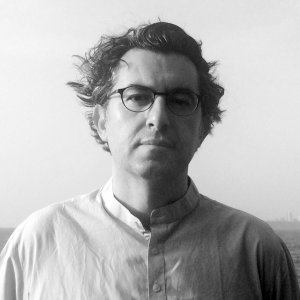
Luca Cerizza
Critic, art historian and curator. He is the author of Le mappe di Alighiero e Boetti (2009) and L’uccello e la piuma. La questione della leggerezza nell’arte italiana (2010). He has curated various personal monographs about artists and the collected writings by Giovan Battista Salerno on Alighiero Boetti (2008). He has contributed to Frieze (2006-2013) magazine and was contributing editor of Kaleidoscope (2009-2013). He also writes regular columns for the Art Agenda and Doppiozero websites. He teaches museology at the Nuova Accademia di Belle Arti in Milan. He divides his time between Berlin and Mumbai.
Author's books
Mezzo secolo di arte intera
Scritti 1964-2014
Tommaso Trini
pages: 356 pages
If we know what we know about the extraordinary art revolution of the second half of the sixties, about Arte Povera, Conceptural Art, Process Art and Land Art; if we now see in Boetti, Pistoletto and Zorio some of the most important exponents of their generation; if we know what Lucio Fontana’s last comments were or we have read about recently di
